Search
Did you mean: Nile?
Remove Ads
Advertisement
Summary 
Loading AI-generated summary based on World History Encyclopedia articles ...
Search Results
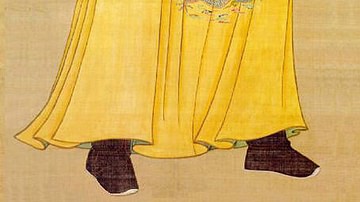
Definition
Silk in Antiquity
Silk is a fabric first produced in Neolithic China from the filaments of the cocoon of the silk worm. It became a staple source of income for small farmers and, as weaving techniques improved, the reputation of Chinese silk spread so that...

Definition
Silk Road
The Silk Road was a network of ancient trade routes, formally established during the Han Dynasty of China in 130 BCE, which linked the regions of the ancient world in commerce between 130 BCE-1453 CE. The Silk Road was not a single route...
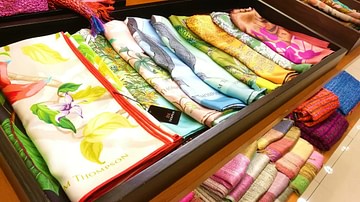
Article
How an Adventure-loving American Saved the Thai Silk Industry
Bangkok was once more commonly known as the Venice of the East due to the intricate network of waterways that crisscrossed the city in the 19th century CE. There were few roads in the 1800s CE so the city's inhabitants travelled and traded...
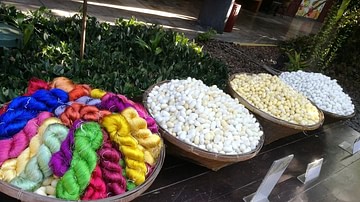
Image
A Bowl of Raw Silk & Silk Cocoons
A Bowl of Raw Silk and Silk Cocoons on display at the Jim Thompson House Museum in Bangkok, Thailand. This photo was taken in July 2019 CE.
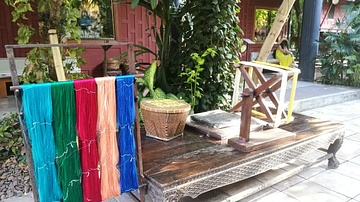
Image
Silk Strands
Silk strands on display at the Jim Thompson House Museum in Bangkok, Thailand. This photo was taken in July 2019 CE.
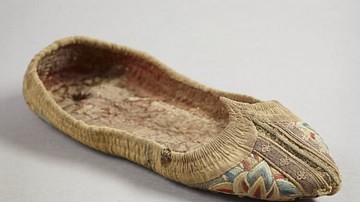
Image
Silk & Textile Shoe from China
6th-7th century CE Chinese shoe composed by two halves joined at the back of the heel and at the toe. The halves are made of superimposed layers of woolen and hemp textiles stitched together and bound with silk along the edges. The sole is...

Image
The Silk Road at Its Height in the Late 8th Century
This map illustrates the Silk Road in the late 8th century, a vast network connecting Tang China, Central Asia, the Islamic world, and Europe. More than just a silk route, it enabled the exchange of luxury goods, technologies, and religions...
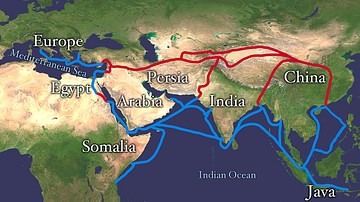
Image
Map of the Silk Road Routes
This map indicates trading routes used around the 1st century CE centred on the Silk Road. The routes remain largely valid for the period 500 BCE to 500 CE.

Image
Jim Thompson Silk
Silk scarves at the Jim Thompson House Museum gift shop in Bangkok, Thailand. This photo was taken in July 2019 CE.
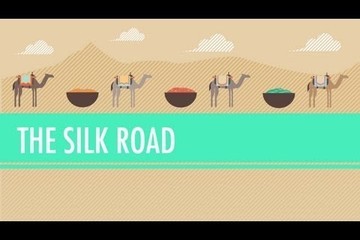
Video
The Silk Road and Ancient Trade: Crash Course World History #9
The Silk Road and Ancient Trade: In which John Green teaches you about the so-called Silk Road, a network of trade routes where goods such as ivory, silver, iron, wine, and yes, silk were exchanged across the ancient world, from China to...